Brian Uzzi
Promotional Language and the Adoption of Innovative Ideas in Science
Jun 04, 2024Abstract:How are the merits of innovative ideas communicated in science? Here we conduct semantic analyses of grant application success with a focus on scientific promotional language, which has been growing in frequency in many contexts and purportedly may convey an innovative idea's originality and significance. Our analysis attempts to surmount limitations of prior studies by examining the full text of tens of thousands of both funded and unfunded grants from three leading public and private funding agencies: the NIH, the NSF, and the Novo Nordisk Foundation, one of the world's largest private science foundations. We find a robust association between promotional language and the support and adoption of innovative ideas by funders and other scientists. First, the percentage of promotional language in a grant proposal is associated with up to a doubling of the grant's probability of being funded. Second, a grant's promotional language reflects its intrinsic level of innovativeness. Third, the percentage of promotional language predicts the expected citation and productivity impact of publications that are supported by funded grants. Lastly, a computer-assisted experiment that manipulates the promotional language in our data demonstrates how promotional language can communicate the merit of ideas through cognitive activation. With the incidence of promotional language in science steeply rising, and the pivotal role of grants in converting promising and aspirational ideas into solutions, our analysis provides empirical evidence that promotional language is associated with effectively communicating the merits of innovative scientific ideas.
Event Detection on Dynamic Graphs
Oct 23, 2021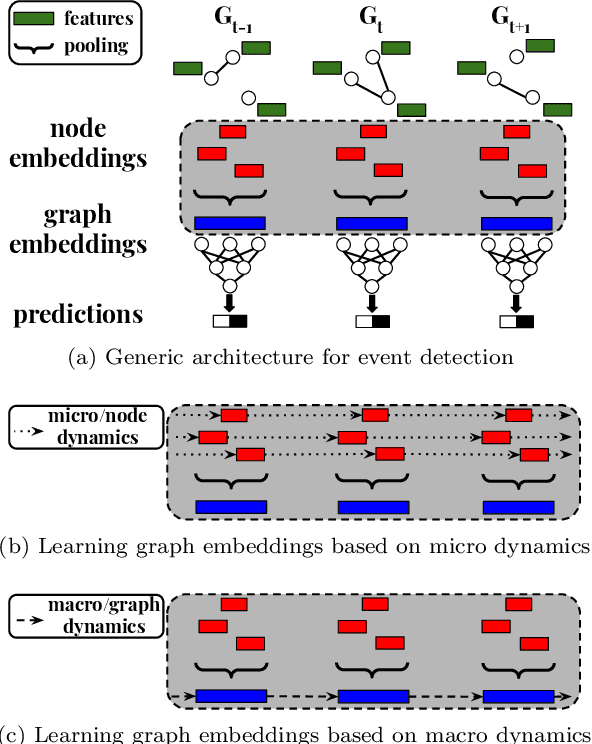

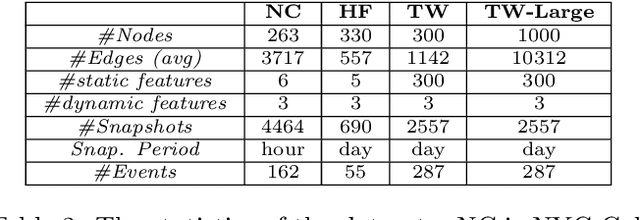

Abstract:Event detection is a critical task for timely decision-making in graph analytics applications. Despite the recent progress towards deep learning on graphs, event detection on dynamic graphs presents particular challenges to existing architectures. Real-life events are often associated with sudden deviations of the normal behavior of the graph. However, existing approaches for dynamic node embedding are unable to capture the graph-level dynamics related to events. In this paper, we propose DyGED, a simple yet novel deep learning model for event detection on dynamic graphs. DyGED learns correlations between the graph macro dynamics -- i.e. a sequence of graph-level representations -- and labeled events. Moreover, our approach combines structural and temporal self-attention mechanisms to account for application-specific node and time importances effectively. Our experimental evaluation, using a representative set of datasets, demonstrates that DyGED outperforms competing solutions in terms of event detection accuracy by up to 8.5% while being more scalable than the top alternatives. We also present case studies illustrating key features of our model.
Meta-Learning with Graph Neural Networks: Methods and Applications
Feb 27, 2021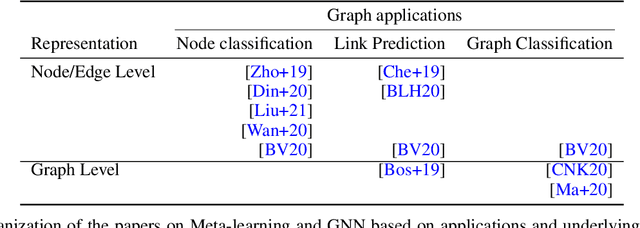
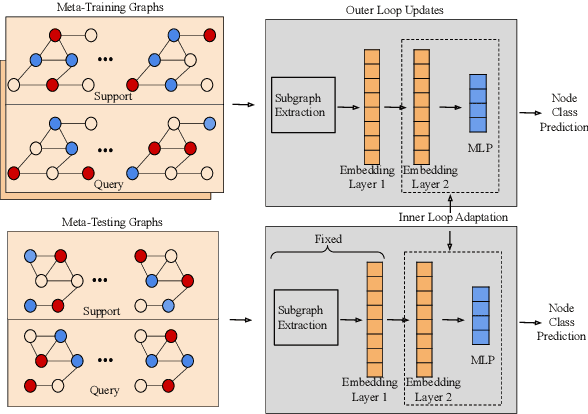
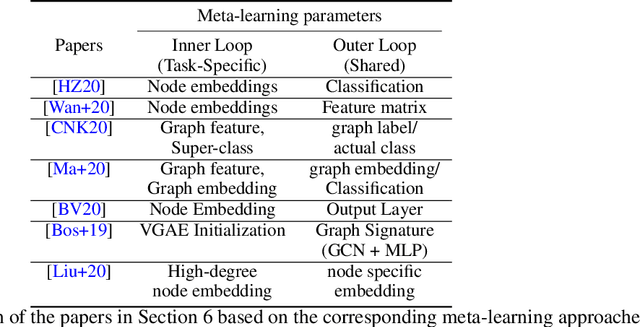
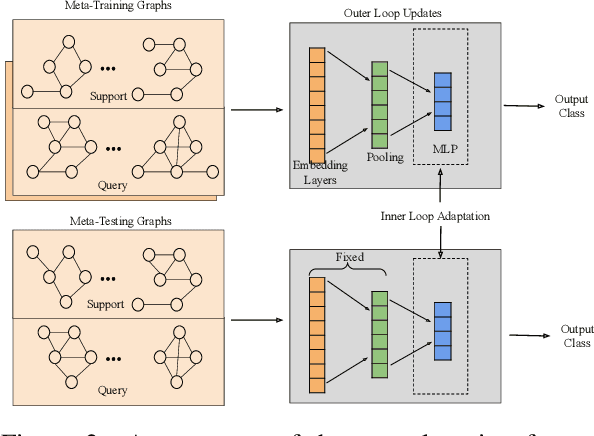
Abstract:Graph Neural Networks (GNNs), a generalization of deep neural networks on graph data have been widely used in various domains, ranging from drug discovery to recommender systems. However, GNNs on such applications are limited when there are few available samples. Meta-learning has been an important framework to address the lack of samples in machine learning, and in recent years, the researchers have started to apply meta-learning to GNNs. In this work, we provide a comprehensive survey of different meta-learning approaches involving GNNs on various graph problems showing the power of using these two approaches together. We categorize the literature based on proposed architectures, shared representations, and applications. Finally, we discuss several exciting future research directions and open problems.
Mimicry Is Presidential: Linguistic Style Matching in Presidential Debates and Improved Polling Numbers
Aug 07, 2015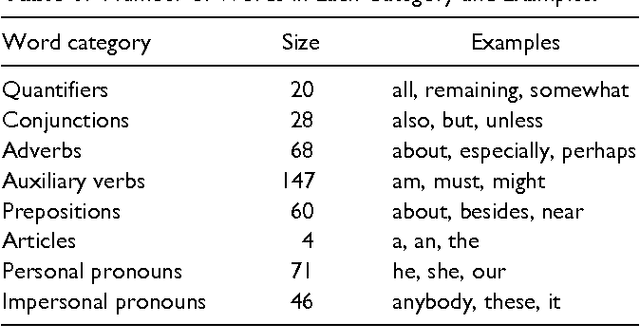
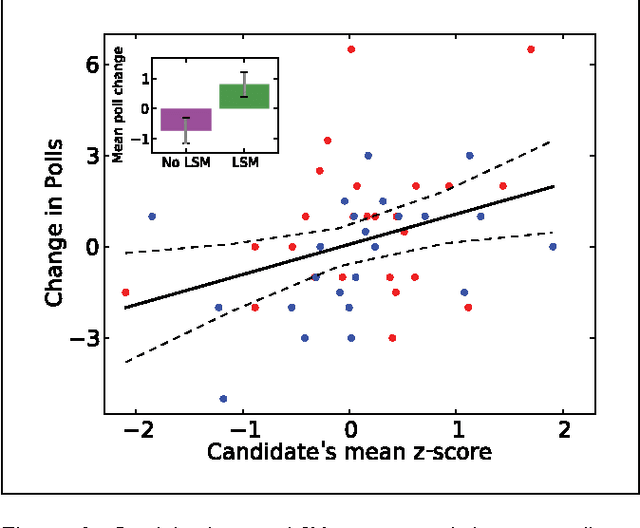
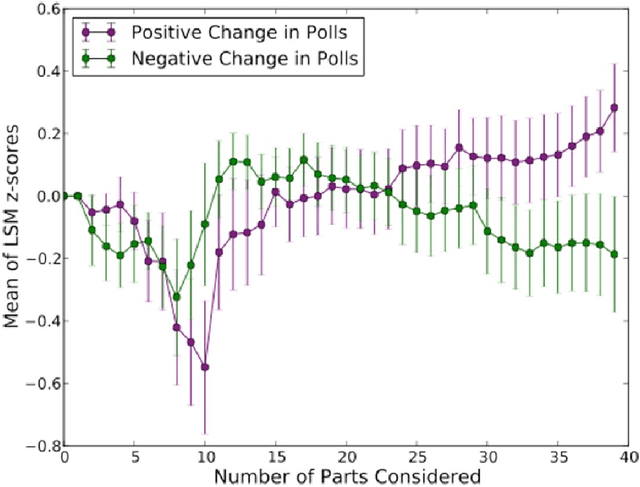
Abstract:The current research used the contexts of U.S. presidential debates and negotiations to examine whether matching the linguistic style of an opponent in a two-party exchange affects the reactions of third-party observers. Building off communication accommodation theory (CAT), interaction alignment theory (IAT), and processing fluency, we propose that language style matching (LSM) will improve subsequent third-party evaluations because matching an opponent's linguistic style reflects greater perspective taking and will make one's arguments easier to process. In contrast, research on status inferences predicts that LSM will negatively impact third-party evaluations because LSM implies followership. We conduct two studies to test these competing hypotheses. Study 1 analyzed transcripts of U.S. presidential debates between 1976 and 2012 and found that candidates who matched their opponent's linguistic style increased their standing in the polls. Study 2 demonstrated a causal relationship between LSM and third-party observer evaluations using negotiation transcripts.
 Add to Chrome
Add to Chrome Add to Firefox
Add to Firefox Add to Edge
Add to Edge